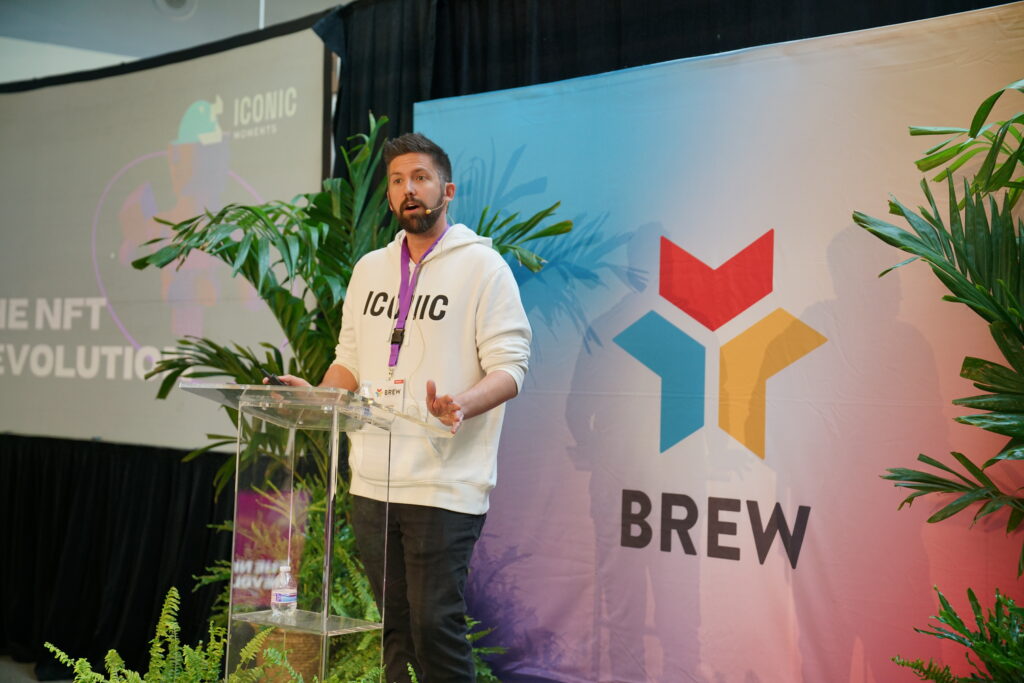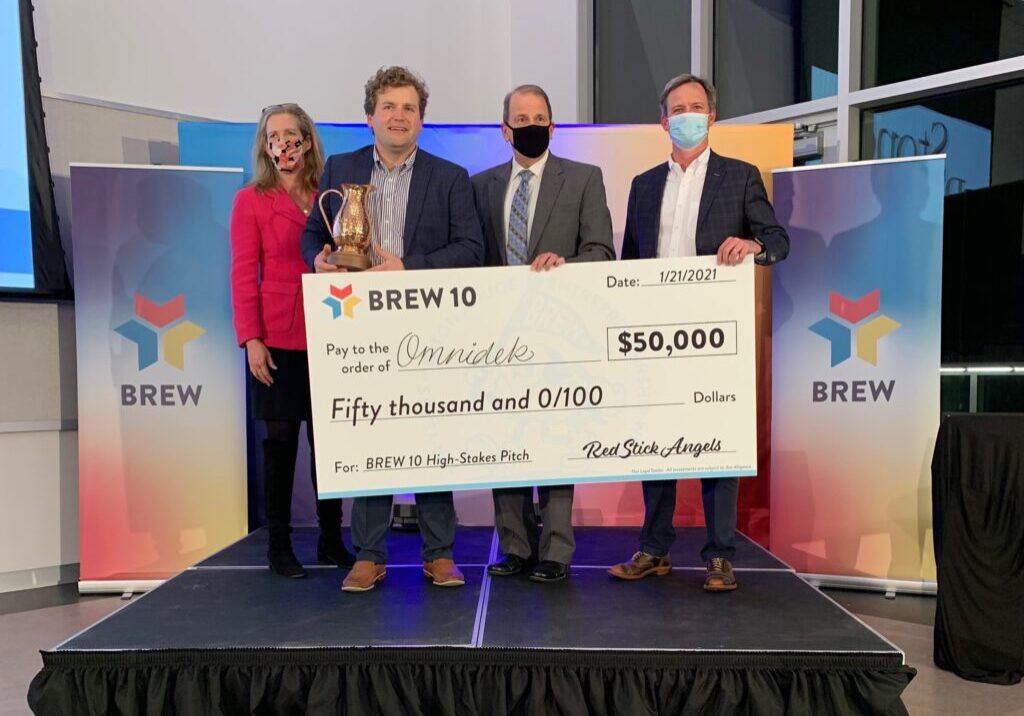Non-fungible tokens, more commonly known as NFTs, have taken the tech world by storm. NFT sales totaled $17.6 billion in 2021.
But what are NFTs, and what do they do?
NFTs are non-interchangeable units of data — these could be images, GIFs, video clips or other digital items — stored on the blockchain. Right now they don’t do much (beyond fetching a high price at auction). But at Baton Rouge Entrepreneur Week, local founder Chris Cummings laid out his vision for using NFTs to preserve moments in history.
“We’re actually seeing utility applied to the blockchain for the first time,” Cummings said. He founded his latest company, Iconic Moments, to become an NFT marketplace for hundreds of thousands of museums and cultural institutions around the world.
Here’s how NFTs are revolutionizing how we engage with history.
How the Pandemic Affected the Museum Model
Museums are set up to have hundreds of people come through their doors every day. “The museum model is built around in-person experiences,” Cummings said, such as purchasing tickets to view exhibits. But during the pandemic, most of the world’s museums had to close their doors overnight.
Most museums operate on slim budgets and typically only have the cash to remain open for a few months at a time. “We’re at a crossroads,” Cummings said. “If you can’t figure out how to get people to come back, you’re not going to make it.”
The Intersection of NFTs and History
So what do NFTs have to do with the financial crisis most museums are facing? The appeal of NFTs is that they are, by the nature of the blockchain, provably one of a kind. They’re unique pieces of art that, typically, unlock unique and exclusive digital experiences for owners.
That same approach can be applied to museums to make their historic exhibits more widely accessible, potentially from anywhere in the world. “The idea behind Iconic Moments was a digital-first approach,” Cummings said. “What if they could invite any visitor in the world, digitally, to engage with that museum?”
Traditional digital experiences, like virtual walkthroughs of exhibits, don’t provide a clear way to drive revenue. But NFTs have been proven to have significant market value.
Revolutionizing the Museum Experience
Beyond driving revenue, NFTs could be the key to creating a more dynamic and engaging experience. “The idea of a museum in the metaverse should not be … a virtual tour that replicates the physical museum,” Cummings said. “That’s simply imitation.” And imitation, he pointed out, can’t compare with the in-person experience.
Instead of replicating exhibits in a digital format, NFTs could unlock experiences that can’t easily be produced in real life. “We’re right at the beginning of a change in the way the entire world will operate,” Cummings said.
Instead of rewarding donations with a physical plaque on the wall, donations could be rewarded with NFTs and connected with real utility. Iconic Moments brings artifacts onto the blockchain as limited-edition prints and images. These NFTs could unlock lifetime memberships to both the physical museum and its digital experiences.
NFTs create possibilities for revolutionizing experiences and drawing in greater revenue, all helping museums and cultural institutions continue to preserve and share iconic moments in history.



